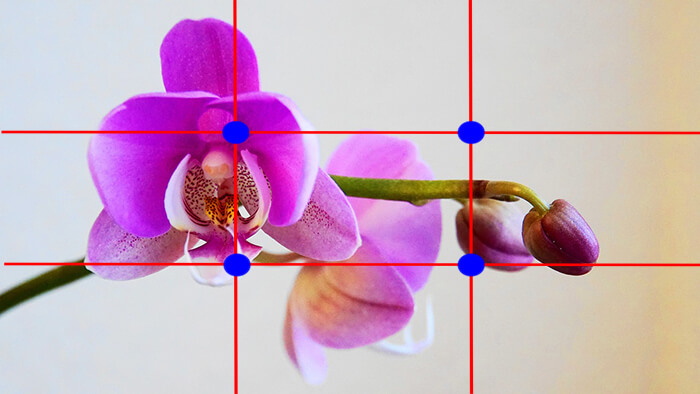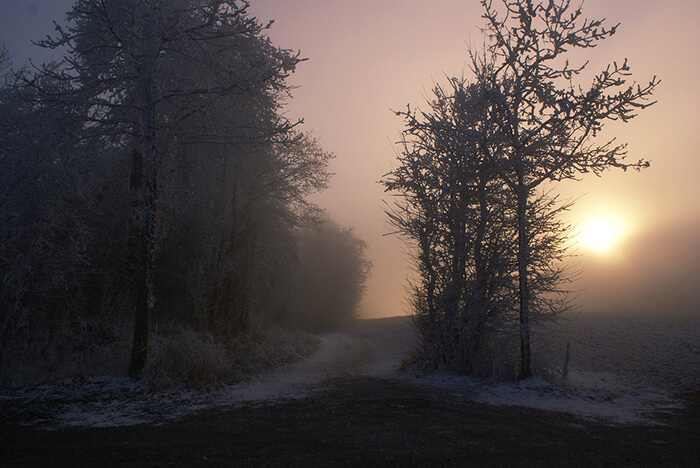
No doubt you’ve seen posts on Facebook and Instagram composed of stunning images paired with minimal text and receiving more engagement than you can imagine your own posts generating. What’s the secret to these posts and the accounts that share them? Is it the clever use of hashtags? The timing of the post? While hashtags and timing are key ingredients for a great post, the photography is the star. When shared regularly, great photos drive engagement and reach, which in turn build upon one another and churn out even more engagement and reach for your social media account.
The good news is, you don’t need a DSLR to take great photos! Smartphone camera capabilities have improved by great leaps in recent years, so with some basic photography knowledge and editing, you, too, can capture fantastic images!
Elements of Great Photography
Composition, light, and color are the three most important elements to remember when taking photos, with composition and light being much more important than color. In fact, color isn’t necessary! Think of the best black and white photographs you’ve seen, or Google “great black and white photographs”, and you’ll note the powerful composition and use of light in these photos.

When composing your photograph, imagine horizontal and vertical gridlines on your image, two each and evenly distributed. The lines intersect at four focal points on the image, and placing the subject of your image at one of these four focal points can create visual interest. If you want to place your subject in the center of the image then ensure that your subject fills the frame. You can also try taking photos from higher or lower vantage points for added visual interest.

The best light for taking photos is at the golden hour, which is at sunrise or sunset, or the blue hour, which occurs just before sunrise and just after sunset. To eliminate harsh shadows, avoid unclouded mid-day sun unless you can place your subject in the shadow of a building or large tree. Soft sunlight to the side of your subject can add dimension, and silhouettes–particularly at the golden hour–can be eye-catching. Play around with light to see what you prefer!

Clusters of similar color with one element that pops–such as a yellow flower in a field of red blooms, or a tree with changing leaves standing among a forest of green in late summer–as well as groups of primary or pastel colors are fun ways to incorporate color into photography. Again, don’t be afraid to play! Make a habit of noticing the color and light of your surroundings, and envision how these things will translate to photography.
Photo Editing
The basics of photo editing include sharpening, cropping, and adjusting the levels of color, contrast, highlights, and shadow. Decreasing highlights removes harsh glare or overly-bright spots in the photograph, and decreasing shadows will allow detail to emerge from shadows. Be careful to not take these settings to extremes–if your edited photograph doesn’t look like something that can be observed with the naked eye, then tone it down.
Most modern smartphones come standard with a rudimentary photo editor. Instagram takes photo editing tools to the next level, and there are several free apps you can install on your phone for the best photo editing. A good one to try is Adobe Lightroom.
Sharing on Social Media
The next step is to share your edited photo on social media! Some social platforms, such as Instagram, automatically crop horizontal or vertical images, so ensure that your photo isn’t unintentionally cropped before posting it.
Pair your photo with eye-catching copy, such as a concise description, quote, or line of prose. Double-check your spelling and grammar! Your copy should work with the photo instead of against it. Even the most beautiful photographs can be downplayed by inappropriate, awkward, or misspelled copy.
In conclusion, don’t be afraid to attempt to create your own great images. Play around with photography, practice, and have fun!
Are you looking for an agency to strategize and manage your social media accounts? Contact Aronson Advertising today to learn how our company can make your business stand out on social media! Follow us on Facebook, Instagram, and Twitter for more digital marketing tips.
